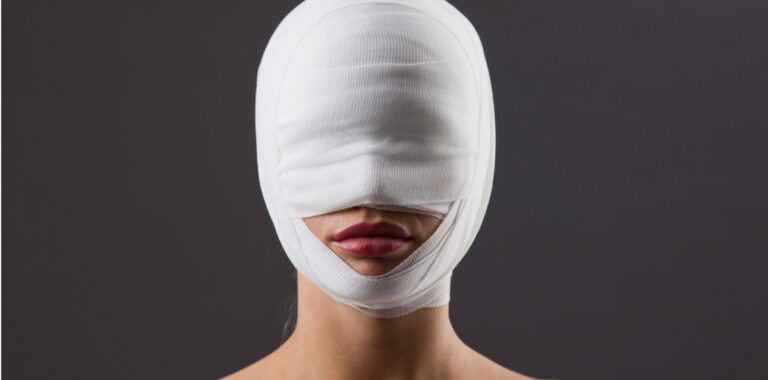The survey reveals how many Australians are seeking cosmetic surgery and identifies the 10 most popular procedures.
More than a third of Australians are considering going under the knife in the next decade, according to new research from the Australian College of Cosmetic Surgery and Medicine.
Research has released from college just days before Australia’s new cosmetic surgery standards come into force.
It shows cosmetic surgery in Australia is booming, with almost seven million Australians, or 38% of the adult population, considering surgery in the next 10 years.
Almost half want cosmetic surgery to “feel better about themselves”, the survey found.
More than $1 billion is spent each year on more than 500,000 procedures, making it more popular per capita than in the U.S., the survey found.
College president Dr. Anup Rastogi said millennials between the ages of 23 and 42 are undergoing cosmetic surgery at a higher rate than any other generation.
He said the results suggest that “the pressure for perfection created by social media could be contributing to an idealized version of what we should look like.”
“The college advocates for awareness and caution among professionals to guide and counsel their patients towards making the right decisions,” he said.
New practice guidelines were issued in April by the Medical Board of Australia (MBA) and the Australian Health Practitioner Regulation Agency (AHPRA) and come into force on 1 July.
Stronger guidelines for doctors performing cosmetic procedures and new rules for doctors advertising cosmetic procedures come into force from 1 July 2023.
New safety measures include requiring a doctor’s referral before any cosmetic procedure, as well as cracking down on advertising (including on social media) that downplays the risks.
The reforms followed a public consultation in December 2022 and follow last year’s recommendations independent review.
Other key changes in the revised Guidelines for registered medical practitioners performing cosmetic and surgical procedures includes higher standards for cosmetic surgery sites, with accreditation to the Australian Commission on Safety and Quality in Healthcare (ACSQHC) standards, required for cosmetic surgery sites from 1 July. and improved assessment of the patient by physicians before surgery, including more screening for signs of body dysmorphic disorder.
The college survey, which it claims was the first of its kind in Australia, found patients were happy with their surgical results (88%), with 41% being “very satisfied”.
The 10 most popular cosmetic surgeries include rhinoplasty (nose surgery), breast augmentation, blepharoplasty (lifting), rhytidectomy (face lift), lipoplasty (liposuction), abdominoplasty (neck surgery), platyplasty (neck and chin), brachioplasty surgery) , buttock lift (Brazilian butt lift) and genital surgery (labiaplasty or phalloplasty).
A state-by-state comparison showed 19% of Western Australian respondents had undergone cosmetic surgery at least once, compared to 17% in NSW, 16% in Queensland, 15% in Victoria and 9% in Tasmania.
ACT residents have been the most reluctant cosmetic surgery patients to date, with only 6% undergoing the procedure. This picture is set to change with 47% considering surgery in the next 10 years.
This was followed by Tasmanians (43%), Queenslanders (40%), Western Australians (39%), South Australians (38%), Victorians and NSW (both 37%) and residents of the Northern Territory (33%).
Millennials were the most willing to travel abroad for surgery (34%) and were also the most likely to lie about it, with 11% admitting they “sometimes” lie about cosmetic work they’ve had they had done
Men most commonly undergo surgery on their face, including facelifts (36%), eye lifts (24%) and rhinoplasty (29%). Women most often want to improve their bodies, with the most popular procedures being breast augmentation or reduction (31%), tummy tucks (10%) and liposuction (14%).


